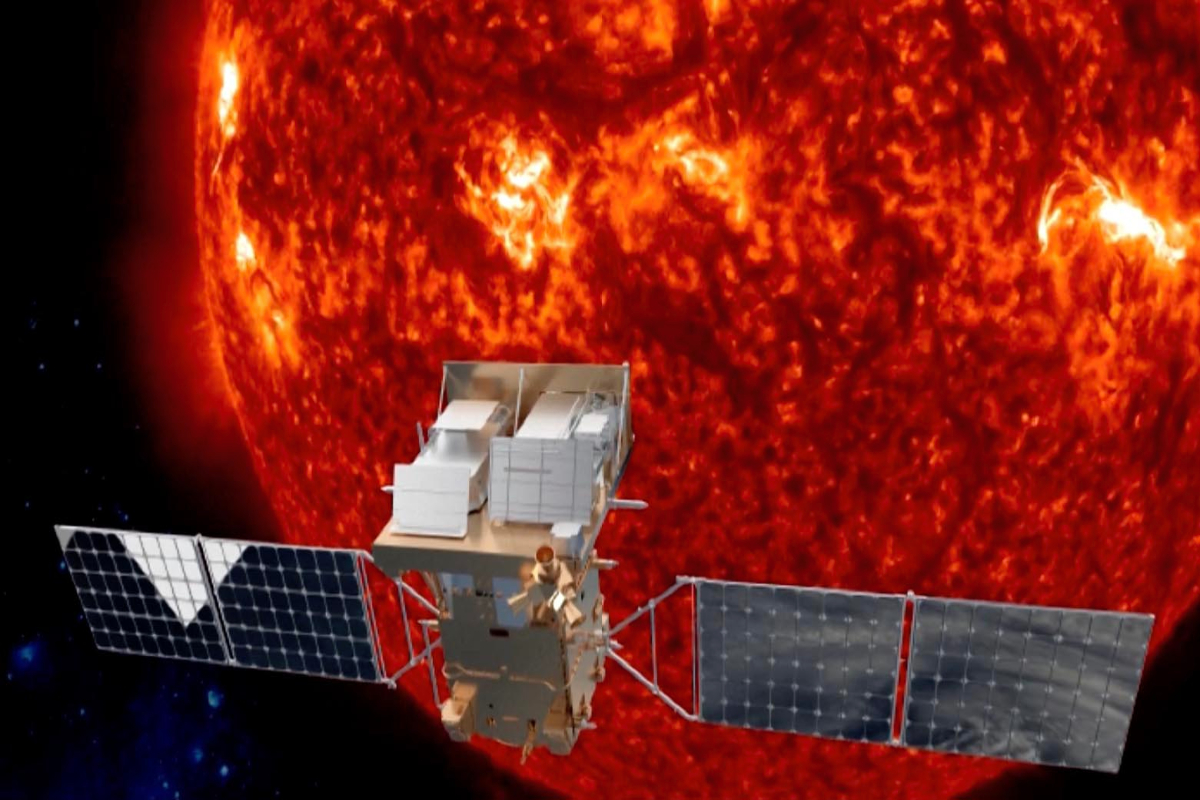China will launch, in October, its first solar probe, which aims to study the relationships between the solar magnetic field, solar flares, and coronal mass ejections (CMEs), the media reported.
Solar flares are intense light bursts, while coronal mass ejections involve the release of huge clouds of charged particles called plasma. Both are believed to be caused by the sun’s turbulent magnetic field.
Advertisement
The Advanced Space-based Solar Observatory (ASO-S) is a 888-kilogram satellite that will circle the Earth once every 90 minutes in a sun-synchronous orbit at an altitude of 720 km, the CGTN reported.
The four-year project will embark from the Jiuquan Satellite Launch Centre in the Gobi Desert.
After entering its orbit, the satellite will generate about 500GB of data daily, all of which will be shared worldwide, the report said.
The ASO-S has three payloads on a single platform: the Full-disk vector MagnetoGraph (FMG), the Lyman-alpha Solar Telescope (LST), and the Hard X-ray Imager (HXI).
In October 2021, China launched “Xihe”, a Chinese H-alpha Solar Explorer (CHASE), named after the sun goddess in ancient Chinese mythology to study the violent and sudden physical processes behind solar flares. “Xihe” is in a low Earth orbit at an altitude of about 517 km, the report said.
Together, ASO-S and Xihe will join an international fleet of sun-gazing telescopes in space, including NASA’s Parker Solar Probe and the European Space Agency’s Solar Orbiter, to closely watch the sun as it nears the next solar maximum, a period of high solar activity expected to peak around 2025.
The sun has become stormier since the current solar cycle began in December 2019. During a solar maximum, solar flares can happen multiple times per day, and some may be as powerful as a billion hydrogen bombs, according to NASA.











